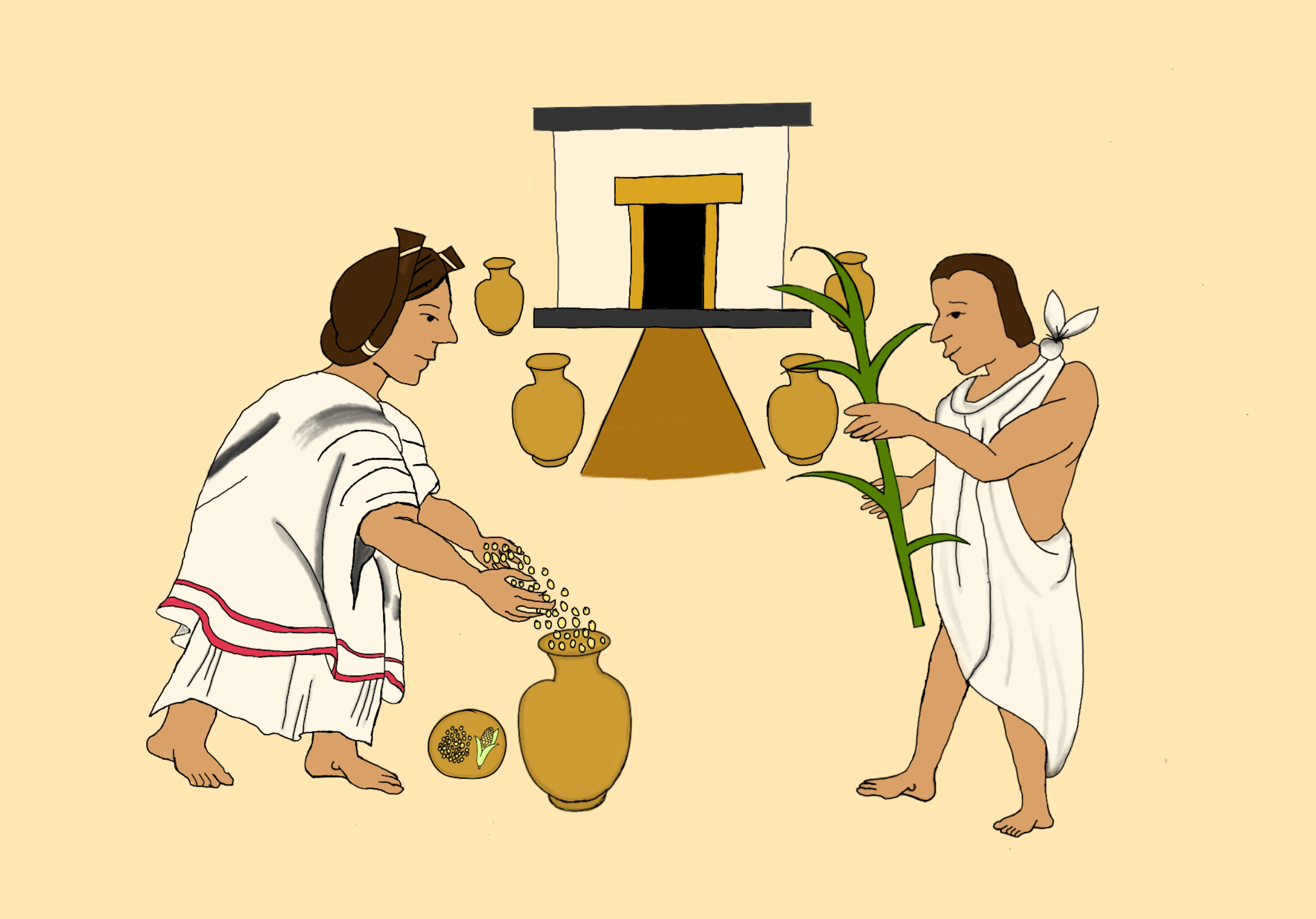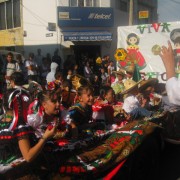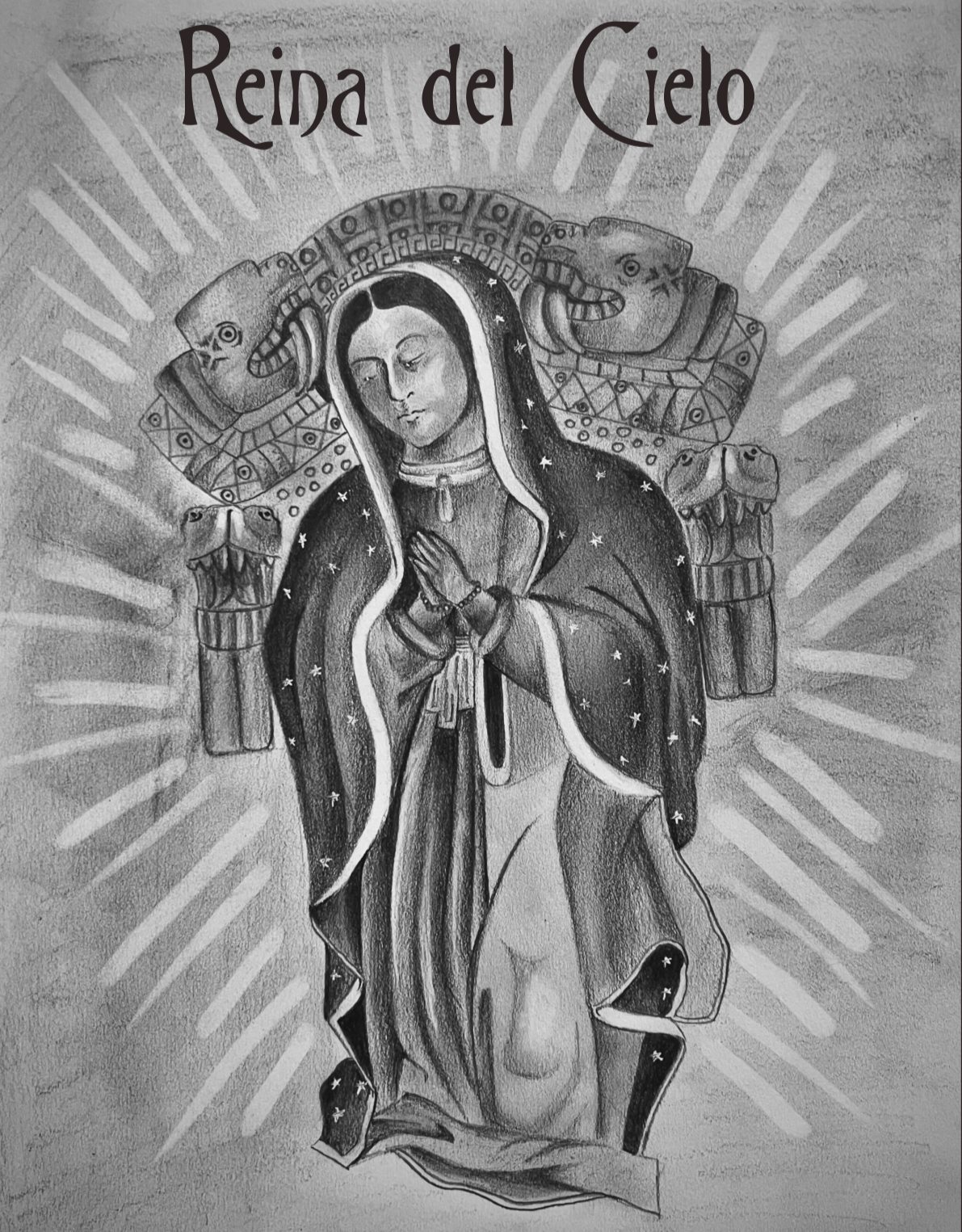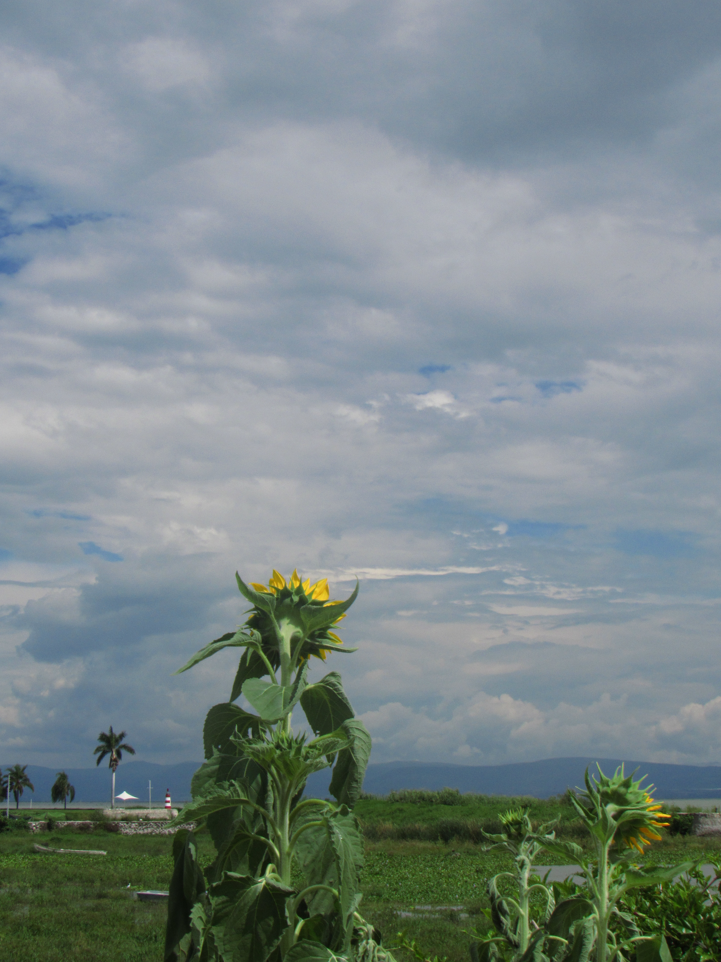Gender and the Castas System within Colonial and Contemporary Latin America

Graphic designed by Missy Soto
It is impossible to place the narratives of women in colonial Latin America under one umbrella because there was an array of different experiences and prejudices they faced based on their spot in the social hierarchy. Spanish women had more autonomy than Indigenous or Black enslaved women through their access to education and legal and societal independence. Indigenous and Black women had no representation in politics; they were more likely to be subjected to physical or sexual abuse and had to take physical action to defend themselves against the Iberian patriarchy. The history of Indigenous societies can be observed by codices, which are historical documentations with pictographs that note important events, ways of life, cultural practices, important people, and more.
Many Indigenous tribes reside within Latin America, yet the current number doesn’t compare to the amount of various Indigenous communities with distinct identities that existed pre-colonization. The assignment of gender roles during this period was mainly based on ethnic descent, varying between Spanish, Indigenous or African. This ethnic distinction was the basis of the Sistema de Castas, a system of power that ensured Spanish supremacy and decided which privileges and barriers a woman would face in colonial Latin America.
Indigenous women dealt with the intersection between gender and race as women of color. The casta system pushed Indigenous women below the Spanish, making it difficult for them to navigate colonial Latin America. Professor Kevin Terraciano, Chair of the Department of History at UCLA specializing in Latin American history, shared that in his experience living in the state of Oaxaca, Mexico, the Mixtec population residing there had a division of labor based on gender. For instance, men would typically work in agriculture, while women would work in food and textile production. There are also references to female political leaders within Mixtec society: Mixtec women leaders were called “cacicas,” the female counterpart to Mixtec male leaders “caziques.” There was a notable amount of references to cacicas within the Mixtec codices, and Terraciano observed that this was unique to Mixtec society; for every cazique there was a cacica, and women could represent entire communities prior to Iberian colonization. Empowerment was also seen in working-class women, who obtained roles that weren’t considered lesser than male roles, such as those who worked in the markets, managed the household, or had access to property. Terraciano called this phenomenon “complimentary”–meaning women were equally valued and given access to community-wide privileges.
In Nahua society within Central Mexico, there were also complementary relations that entailed separate parallel spheres for men and women’s roles. The Florentine Codex, a depiction of life and society within the Nahua altepetls (ethnically based political identity), while women had roles as obedient mothers and caretakers, men were warriors and skilled craftsmen, with access to government and leadership positions. Under Spanish influence, however, Indigenous women had less prominent roles in political and religious institutions and were encouraged to pursue Christianity.
Spanish colonizers dehumanized Indigenous people because of their race. This led to the Church taking on a parental need to “civilize” Indigenous people. As a result, Indigenous women were forced to embrace Christianity. Indigenous women would go to church and pursue the forced “civilized” religion by repenting their “barbaric” lifestyle. Even so, the Church did not protect them from assault by clergy members. Indigenous women were more likely to be sexually assaulted by Iberian clergymen and not be taken seriously in their allegations, which allowed the clergymen to take advantage of the justice system.
There are countless narratives of sexual assault occurring, specifically in the Yucatan region of Mexico as covered by Mesoamerican Voices. In a Maya petition of a complaint against Spanish priest Andrés Mejía, Don Pedro Xiu, a local village chief, writes, “This is the truth…a woman is not given confession…until they recompense him with the sin of fornication…” (p. 167-168, 2015).
But the million dollar question is why is any of this relevant? Colonial history seems very far away, and it’s hard to care when it doesn’t seem to impact society today. However, Indigenous societies within Latin America are still burdened with the impacts of colonization. Professor Terraciano shared that the Mixteca are considered “one of the poorest regions in Mexico with such an incredibly rich cultural heritage” and are “confronted by the colonial legacy.” The impact of colonialism cannot be denied, as we see the impact of the colonial legacy through the lack of representation in Latin American society, the declining population of people who speak Indigenous languages, and Indigenous communities’ economic disenfranchisement.
Non-scholars of history deny the importance of studying historical events, but we can see the causes of disenfranchisement through these events. For instance, Spanish colonization would implement cabildos–municipal councils of elected officials that represented a community–that excluded cacicas. In Indigenous society, there were equal positions of power with cacicas and priestesses. While Indigenous societies didn’t have a completely equal distribution of gender roles, colonization introduced a more clear-cut gender bias and divide.
As the Mixteca actively preserve their language, culture and community, it becomes ever more important to understand the “why” to create the best solutions for Indigenous communities. Sharing resources, equally splitting up jobs and taking care of each other are key characteristics of Indigenous societies. Every colonizing nation introduced capitalism, resulting in the disruption of Indigenous people’s practice of communal responsibilities. The United States has seen the impact of colonization amongst American natives, along with Canada and Australia, and the introduction of capitalism as a result of colonization continues to remain the dominant economic model.
Furthermore, the introduction of colonization has encouraged current Latin American society to emphasize mestizaje, which refers to racial and cultural mixing to support the castas system. Pushing more people to learn Spanish phases out Indigenous languages such as Nahuatl, Maya languages, and more. The many Indigenous communities we see within Latin America today have persisted despite efforts to suppress Indigenous peoples. The shared identity within each Indigenous community is what’s allowed Indigenous people today to survive and resist the effects of colonialism.
The problem is that, for a long time, Indigenous communities were seen as an extinct population, making their problems invisible as well. Representation through work like Terraciano’s and the media movements such as the American Indian Movement (AIM) and the Red Power Movement, as well as resistance to systematic oppression through the promotion of Indigenous languages and cultures, ensures the survival of Indigenous communities.









